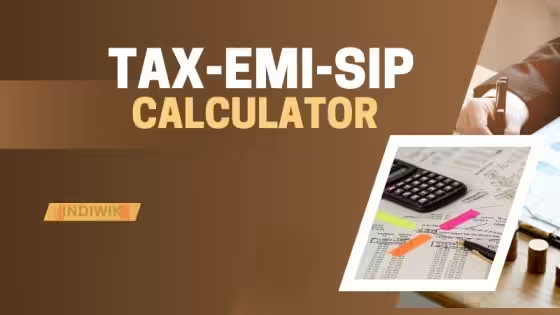Public Provident Fund (PPF) in India

PPF plan
Public Provident Fund (PPF) in India
Public Provident Fund (PPF) in India is a popular long-term savings scheme introduced by the government. It offers numerous advantages, making it a preferred choice for many investors. Here’s a detailed study of the advantages of PPF:
Tax Benefits:
PPF enjoys EEE (Exempt-Exempt-Exempt) tax status. This means contributions to PPF, interest earned, and maturity proceeds are all tax-exempt.
Under Section 80C of the Income Tax Act, contributions up to ₹1.5 lakh annually are eligible for tax deductions.
Interest earned is compounded annually and is tax-free.
Stable Returns:
PPF offers a fixed, government-declared interest rate. This rate is reviewed quarterly by the government but remains relatively stable.
The interest rate is generally higher than that offered by savings accounts and fixed deposits in banks, making it an attractive option for conservative investors.
Long-term Investment:
PPF has a long tenure of 15 years. However, it can be extended in blocks of 5 years indefinitely.
This long tenure encourages disciplined savings and provides a corpus for long-term goals like retirement, children’s education, or buying a house.
Security and Guarantee:
PPF is backed by the Government of India, ensuring the safety of invested capital.
It provides a guaranteed, risk-free return, making it suitable for investors who prioritize capital protection.
Flexibility:
Investors can choose to deposit money in PPF either as a lump sum or in installments (up to 12 times a year).
Partial withdrawals are allowed from the 7th year onwards, providing liquidity during emergencies.
Loan facility is available against the PPF balance from the 3rd year to the 6th year of the account.
Ease of Opening and Maintenance:
Opening a PPF account is simple and can be done at designated post offices, nationalized banks, and some private banks.
The account can be transferred from one authorized bank or post office to another without any hassle.
Inflation Hedge:
PPF offers returns that are usually higher than inflation, preserving the purchasing power of invested capital over time.
The fixed interest rate ensures that the real returns (returns adjusted for inflation) remain positive.
Exemption from Attachment:
The balance in a PPF account and the proceeds from it are exempt from attachment under any decree or order of a court in respect of any debt or liability incurred by the account holder.
No Maximum Limit for Holding:
There’s no upper limit on the amount that can be invested in a PPF account. However, the tax benefit is capped at ₹1.5 lakh under Section 80C.
Legacy Planning:
PPF accounts can be continued beyond the initial 15-year period indefinitely in blocks of 5 years.
In the event of the account holder’s demise, the balance in the PPF account is passed on to the nominee or legal heirs.
Income earned from PPF comes in the form of compound interest, which grows tax-free. Upon maturity, the entire corpus, including the principal and accumulated interest, can be withdrawn tax-free. This makes PPF an attractive investment avenue for individuals looking for tax-efficient long-term savings options with stable returns and capital protection.













